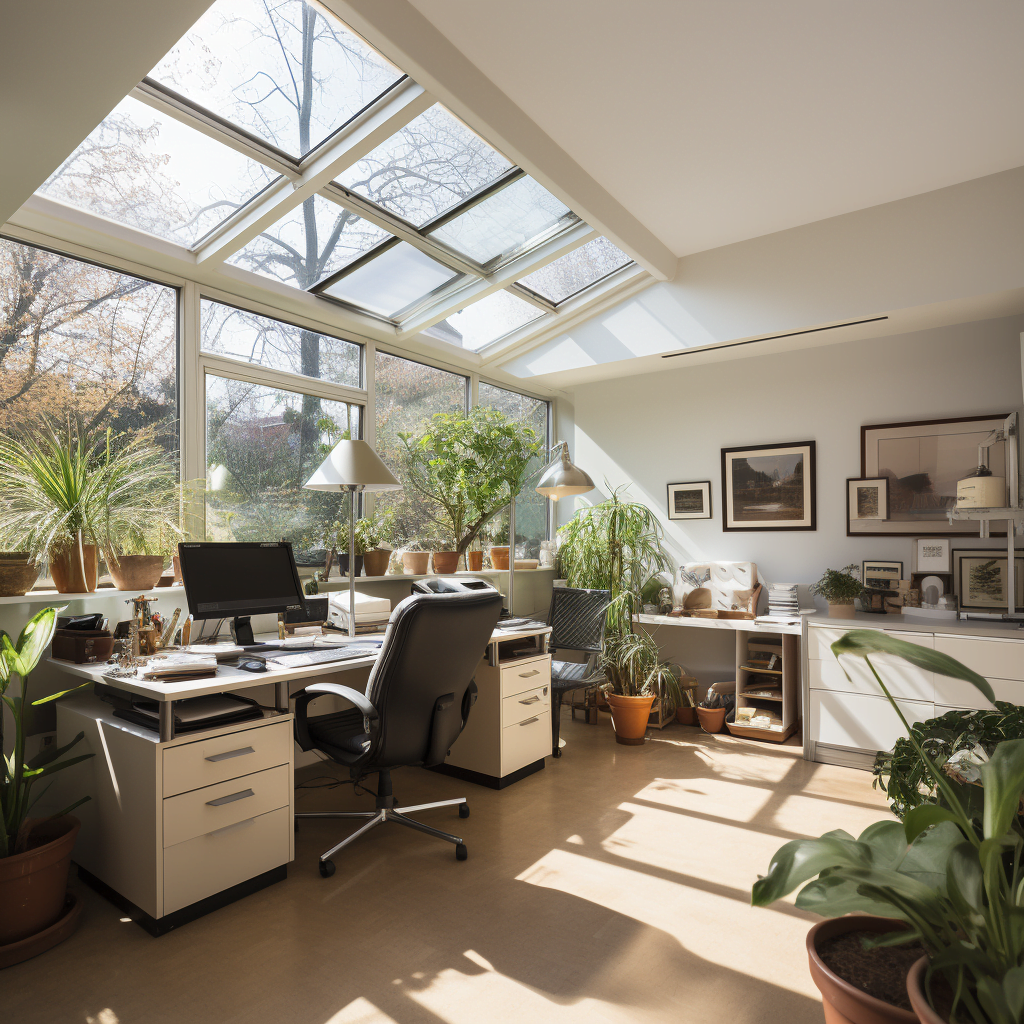Unearthing Tomorrow: The Part of Daylight Surveyors in a Shiny New World
In the quest with regard to more sustainable in addition to livable urban conditions, the role involving daylight surveyors provides emerged as being a critical element in modern building design and urban planning. Specialists specialize in examining natural light and the impact on set ups, creating spaces that not only enhance aesthetic appeal but in addition promote energy performance and occupant wellness. As cities carry on to grow plus evolve, focusing on how sunlight interacts with structures has become important in ensuring that will our built environments are both functional and harmonious with nature.
Daylight surveys provide invaluable insights of which influence design selections, ensuring that properties maximize natural mild while minimizing damaging effects like overshadowing and glare. Through advanced techniques in addition to technologies, daylight surveyors help architects and planners create spots that foster production, improve indoor quality of air, and enhance the overall quality associated with life for their own occupants. By knowing the significance of these assessments, we are able to appreciate just how daylight surveyors are unearthing a lighter future for just about all of us throughout this ever-changing globe.
Importance of Sunlight Surveys
Daylight surveys enjoy a crucial part in contemporary building design, ensuring of which natural light is definitely effectively utilized within a space. The increasing recognition of daylight's positive impact on human health in addition to productivity leads are usually and developers in order to prioritize adequate mild exposure in their projects. By conducting thorough daylight assessments, specialists can identify precisely how sunlight interacts with a building’s layout, therefore optimizing the usage of all-natural light and producing more inviting plus functional environments.

In inclusion to enhancing resident wellbeing, daylight online surveys support energy productivity in buildings. Natural light reduces the reliance on unnatural lighting, which can easily significantly decrease power consumption and decrease utility costs. As sustainability takes center stage in constructing practices, integrating daytime surveys into the design process can aid compliance with eco-friendly certifications for instance LEED and BREEAM. These types of measures not only gain the environment but also enhance the long term viability of projects.
Moreover, daylight surveys will be essential in metropolitan planning and development, particularly in solid areas. They aid assess and reduce potential overshadowing regarding neighboring properties, ensuring equitable light gain access to for all. Your data collected from these surveys can influence planning permissions, leading developers to design and style structures that coexist harmoniously in their atmosphere while maximizing normal light. As urban environments continue in order to evolve, the part of daylight studies becomes increasingly integral to sustainable and thoughtful urban design.
Benefits for Power Efficiency and Wellness
Including daylight surveys into building design techniques plays a vital role in improving energy efficiency. By accurately assessing organic light exposure, sunlight surveyors can help architects and developers optimize building positioning, window placement, plus shading devices. This specific strategic approach decreases reliance on synthetic lighting, resulting inside lower energy intake and operational charges. Additionally, efficient work with of daylight can lessen the need for heating in addition to cooling, further adding to sustainability efforts and even carbon footprint reduction.
Past energy savings, the positive impact of sunlight on occupant wellness is significant. Access to natural light features been shown to boost mood, productivity, in addition to overall mental health. Daylight surveys give essential data that will enable the appearance of spaces that are not really only aesthetically attractive but also good to occupant comfort and engagement. These benefits are especially important in environments these kinds of as offices and educational institutions, in which performance can become directly linked to be able to the quality with the physical workspace.
Furthermore, sunlight surveys help make healthier indoor conditions by improving air quality and reducing excessive luminance. Adequate daylight publicity can promote much better visual comfort, reducing issues related to be able to excessive brightness in addition to contrast that usually lead to vision strain. By making https://dpr-ireland.com/best-right-of-light-surveyors-ireland/ of advanced daylight evaluation techniques, designers can easily identify potential bright glare problems and offer solutions that boost both energy performance and occupant fulfillment. Ultimately, the integration of daylight online surveys is a powerful tool in developing spaces that support both environmental goals and human wellness.
Role in Environmentally friendly Urban Planning
Daylight surveyors play a essential role in environmentally friendly urban planning simply by ensuring that new developments make optimum use of natural light. Their assessments help architects and organizers design buildings of which maximize daylight coverage, which not only benefits energy efficiency but also enhances the particular overall aesthetic benefit of urban places. By incorporating daylight surveys into typically the planning process, towns can create attractive and livable surroundings that promote health and reduce the reliance on artificial lighting.
Moreover, daylight online surveys are essential in preventing overshadowing in densely populated areas. While urban environments grow, the chance of one construction blocking daylight in order to another turns into a substantial concern. Daylight surveyors provide vital observations that inform the placement and style of buildings, which within turn helps maintain access to sunlight for surrounding properties. This ensures that will developments do not negatively impact typically the quality of existence for residents and even businesses in the particular vicinity.
Finally, the mixing regarding daylight assessments within the framework regarding urban planning helps compliance with eco-friendly building certifications such as LEED and BREEAM. These certifications often require thorough sunlight analyses as component of their sustainability criteria. By aligning daylight surveys along with these standards, urban planners can make more sustainable neighborhoods that prioritize environmental health, occupant ease and comfort, and energy performance.